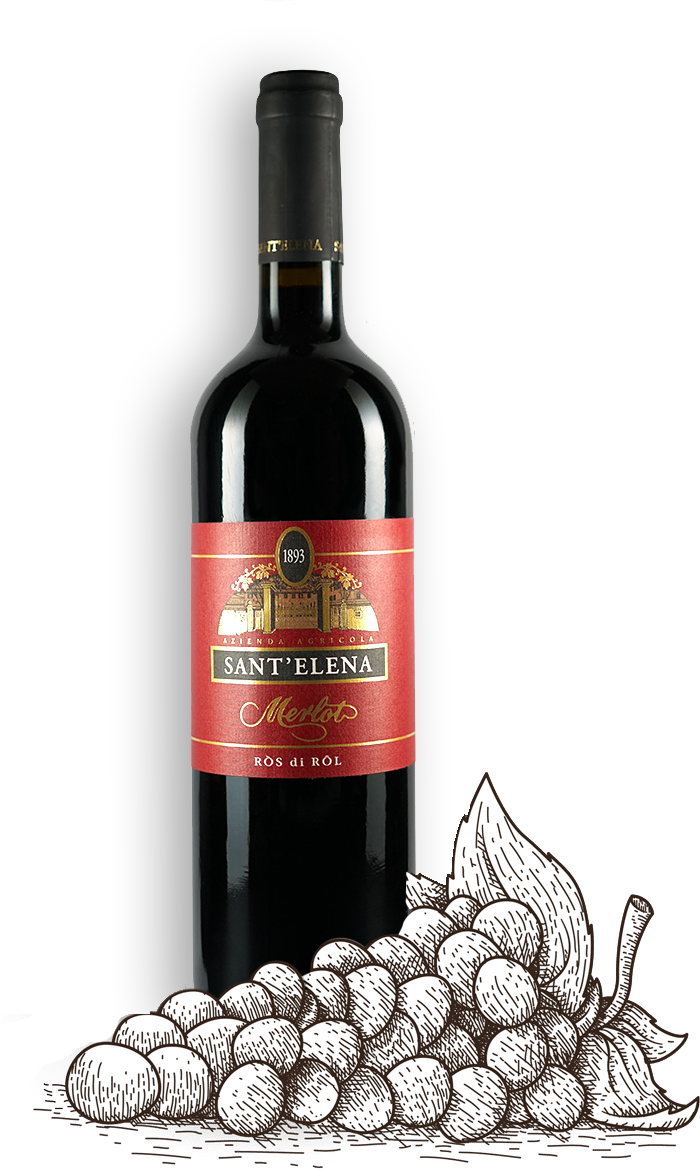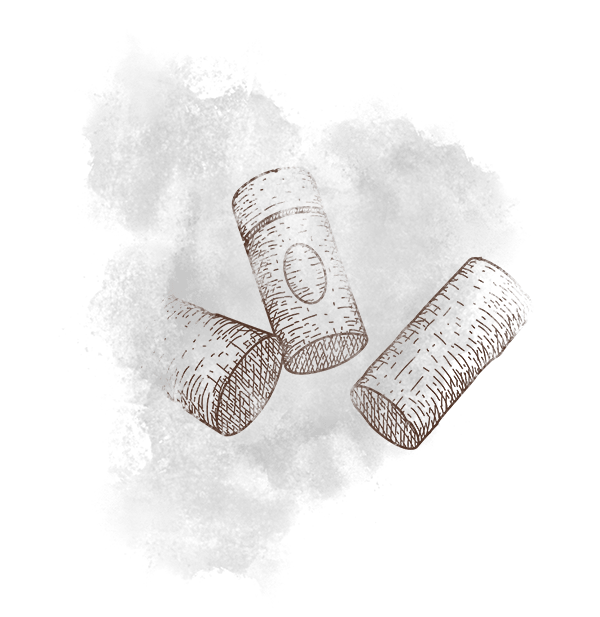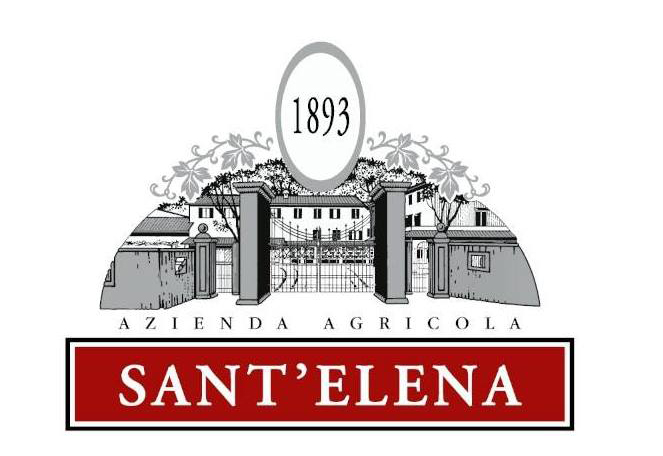Our Wine Cellar
The place where all the work done in the vineyard takes shape and is refined to become a excellent wine


Grapes harvesting
The harvest starts with the analysis of the grapes and the tasting of the berries in the field. This helps us to determine the best time to harvest for each variety and clone.
White grapes
All white grapes except Pinot Grigio are cryo-macerated for one night (left on the skins in an inert gas-saturated environment at 4 degrees Celsius) to facilitate the extraction of volatile compounds from the skins. The following morning, they are pressed. The resulting must is allowed to rest at about 8 degrees for two days, so that the heavier particles (lees) naturally settle to the bottom (static decanting); once removed, the product is fermented. This is the most delicate phase, where the must is transformed into wine without suffering thermal shocks, at a temperature ranging from 12 to 16 degrees Celsius.
This process, which lasts an average of 10 to 15 days, is the most important: too fast a fermentation would cause the aromas to evaporate, while too slow a fermentation would create unpleasant aromas. Once the fermentation is complete, an additional rough racking is performed and then the wine is kept on its lees for about a year (first twice a week, then once a month), checking the lees to see if unpleasant aromas develop.
Red grapes
Once the stems are removed, they are macerated in a range of 18 to 28 degrees Celsius for 15-20 days. This process, in addition to carrying out a correct alcoholic fermentation, allows the skins to release all the substances (polyphenols, anthocyanins, etc.) that make our wines of great structure and suitable for long aging in wood.
Come Visit Us
company visits are scheduled by appointment











